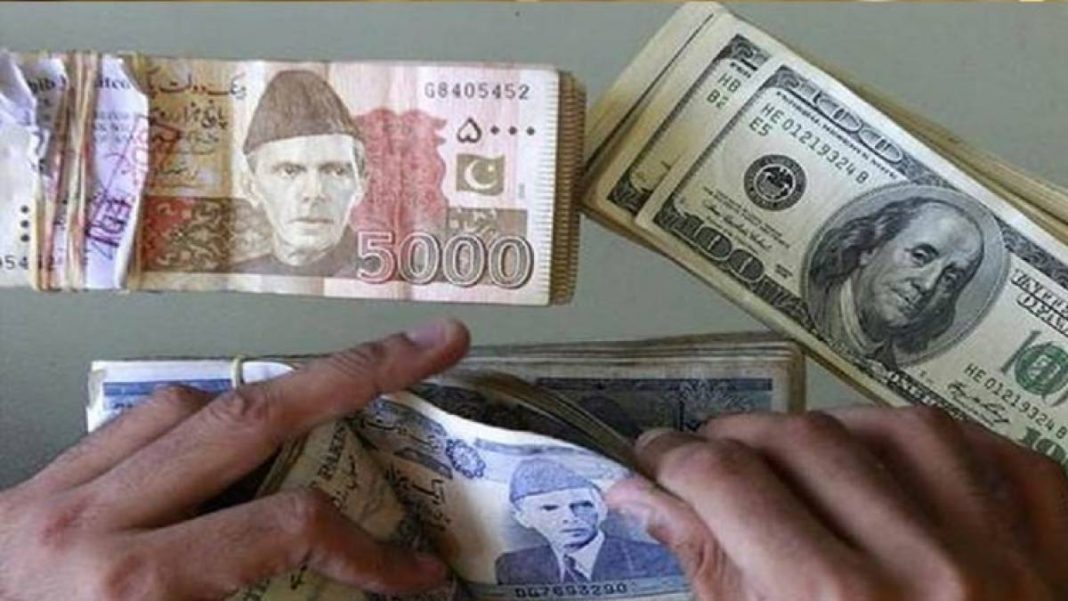From Zeeshan Mirza
KARACHI: With Pakistan reaching an agreement with the International Monetary Fund (IMF) for the final review under the $3 billion Stand-By Arrangement for the release of the last tranche, the rupee is likely to remain stable till the end of the current fiscal year (FY) in June.
For now, the rupee remains stable and is trading at 278 against the dollar, however, analysts expect the local currency to be under pressure in the next FY due to the government’s growth-driven measures which will result in increased imports and increased demand for the greenback.
According to Tresmark’s weekly note, the rupee is likely to remain “range bound” till the end of June and is expected to face pressure in the new FY due to multiple factors.
“June end is typically the month of heavy outflows, and after attaining some stability, the government [and the IMF] will want to boost growth for which imports will have to grow, increasing demand for dollars.
“By June end, we expect the REER [real effective exchange rate] to be around 110 and therefore some depreciation of the rupee will be in order,” it added. “Although there will be some pressure on the rupee, we expect the rupee to trade around 285/dollar for the July-September quarter. The wild card in this is oil prices,” the Tresmark said.
It is pertinent to know that Islamabad is looking forward to getting the remaining $1.1 billion of the $3 billion SBA with the IMF which would only be released by the lender after the lender’s board’s approval.
Prime Minister Shehbaz Sharif-led government seeks a fresh, larger, and longer bailout from the IMF with reports saying that the government intends to hold talks with the lender for an extended fund facility in April for a loan of at least $8 billion.
Despite the cash-strapped economy owing to the prevailing financial crunch, the country’s current account (CA) reflected a $128 million surplus in contrast with the $303 million deficit recorded in January earlier this year.
The CA surplus led to the government slashing its current account deficit from $6 billion to $2 billion, with the projected foreign financing gap also being lowered to $11 billion compared to previous estimates of $17.6 billion, the Tresmark added.
Islamabad’s foreign exchange reserves also witnessed an increase of $105 million to reach $8.018 billion on March 15 with the State Bank of Pakistan (SBP) keeping the interest rate unchanged at 22% for the sixth consecutive time.
The REER increased to 102.2 in February, and it was much less than market expectations of around 105. Pakistan’s foreign direct investment turned positive in February. Pakistan’s sovereign bonds rallied on news of the successful IMF review, and Pakistan is all set to offer $300 million in Panda bonds.
“[…] traders pointed out that if the central bank was not mopping up liquidity (buying dollars) the rupee would have risen to below 275 per dollar for sure,” Tresmark concluded.






